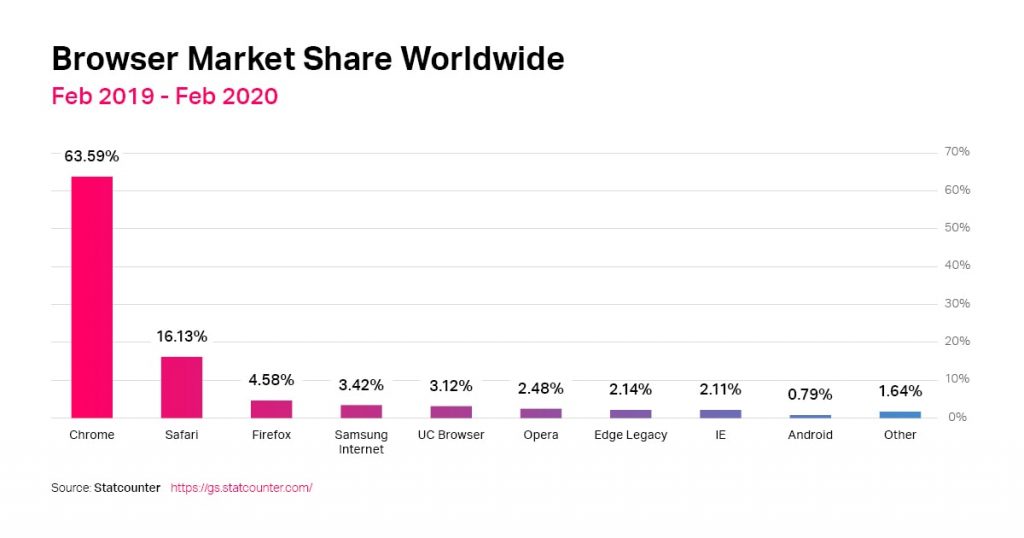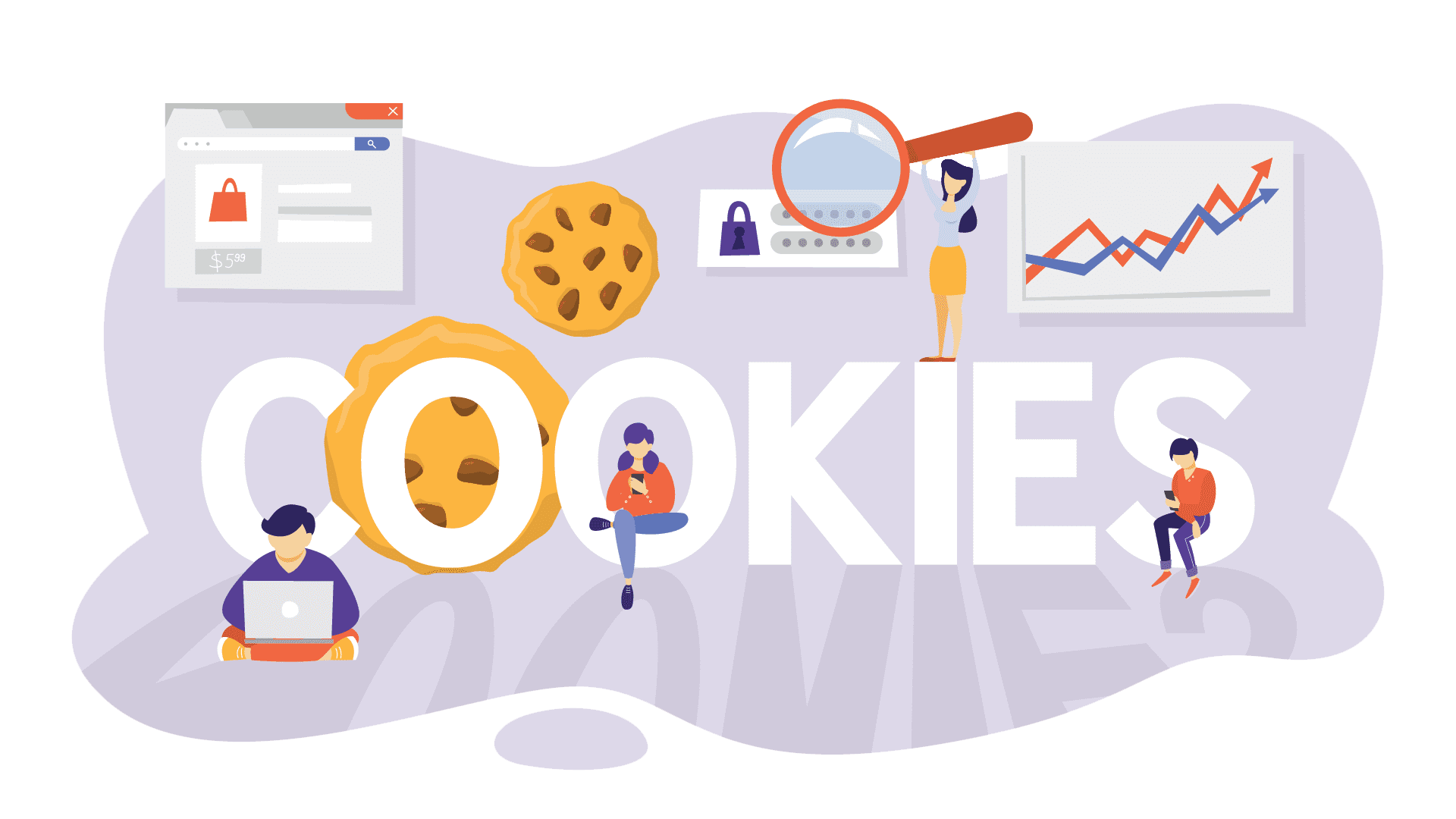What’s happening?
Unless you’ve been living under a rock, you’ve likely heard the news – cookies are going away. At least that’s the way I originally heard it. As a marketer that relies on cookies to tell me what channels are performing and which are not, that scared the hell out of me. I was relieved to learn that only third-party cookies are going away. Third-party cookies are those set by a website other than the one you are currently on. An example of a third-party cookie would be the cookie set by Google Ads to monitor which websites you have visited and to show you relevant ads. The good news – first-party cookies are here to stay. Those are the cookies set by the website you are visiting directly and stored under that website’s domain (e.g. SomeSite.com). A couple examples of how a first-party cookie might be used by a website might be remembering your login status from page-to-page or storing what channel and source brought you to the site in the first place.
If you are questioning why this change is happening at all, you’re not alone. Google (Chrome), Apple (Safari), Microsoft (Bing), and Mozilla (Firefox), which together control over 90% of the browser market share, have stated the initiative is in the interest of protecting user privacy. With GDPR, CCPA, and the move away from third-party cookies, it is clear that both companies and government entities are serious about personal privacy (and companies looking to define how privacy is protected are moving on it before governments define it for them). That sounds good from an individual-user point of view, but from a marketer that relies on that data to reach audiences and make better-informed decisions , it may sound a bit scary.

How will this affect my marketing?
So let’s start with some good news. This change will not prevent you from capturing what brought visitors to your website or prevent you from using cookies to record visitor behavior on your website as long as you are relying on first-party cookies (associated with your domain) to do so. Whew! Understanding that allowed me to rest much easier at night. The biggest impact to marketing will be to programmatic ad targeting, use of intent data, and how some email metrics are reported.
- Programmatic Ad Targeting
Google and other digital ad providers are moving away from targeting individuals and instead going to a defined audience model. This means ad buyers will no longer be able to target a specific individual across multiple web sites, but will instead be forced to target specific audience groups based on similar demographic and behavioral profiles. - Use of Intent Data
Intent providers rely heavily on third-party cookies to identify intent signals. They will have to change their business model and methodologies if they wish to continue doing so. - Email Reporting
Providers like Google and Apple are also looking at ways to improve privacy in email. Apple’s upcoming Mail Privacy Protection feature will obscure your IP address and load content remotely in the background. This will prevent marketers from tracking individual email opens. It may also skew open-rate data as Apple’s systems may load email content whether or not a person opens an email.
What should I be doing as a marketer to prepare for this change?
If you rely heavily on programmatic ad targeting or third-party intent data in your marketing mix, the transition may be a bit more challenging, but regardless, here’s a few tips to ensure your marketing is ready for the change:
- Improve Your First-Party Data Collection
While you probably should already be doing this, this change makes it imperative to collect and put first-party user data to work for you like never before. Start or expand your data collection efforts. Move beyond what brought someone to your site and become obsessive on what is happening with visitors once they arrive. Change the experience based on captured first-party data (e.g. location, company size, content engagement, etc.). Stop showing TOFU (Top of Funnel) content offers to prospects you know have already requested a demo. Instead, help your sales team and reinforce your product’s value proposition. - Rethink Intent Data
Although I’m repeating myself a bit from tip #1, it’s worth repeating and understanding that some of those first-party data points you capture on your website or CRM are fabulous intent signals. Has this individual visited your product pages or have they only read some of your blog posts? Has this person visited your pricing page or viewed a demo or contact request page (regardless of whether or not they submitted the form). Capturing this information and engaging those visitors showing higher levels of intent can be a game-changer. - Talk with Your Intent Providers
Speak with your intent data providers and ask them how they are accommodating this move away from third-party cookies. Ask them specifically how these changes will affect their volume and quality of intent data provided. - Stay Calm
Lastly, and perhaps most importantly, stay calm. As a marketer that has been around for awhile, I can recall a number of events that have threatened to dramatically change how we market, yet here we are. Life is all about change and it is important to remember that you and your company are not being singled out. This change is being applied across the board and it is a level playing field. We will adjust and move on.
